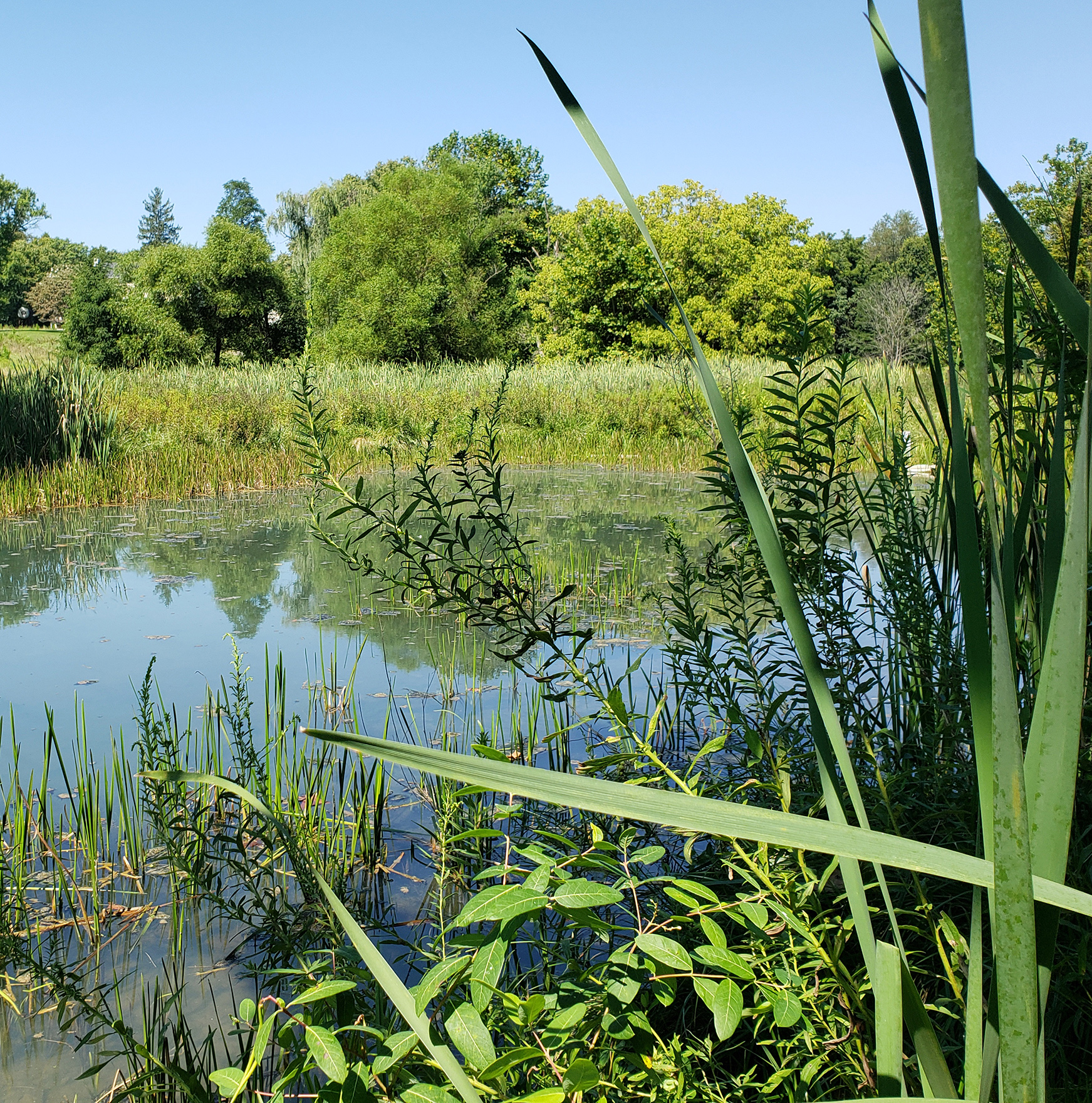 Wetlands occur in a wide variety of landscape settings across the U.S. The national standard for wetland classification in the United States is the U.S. Fish and Wildlife Service (USFWS)'s Classification of Wetlands and Deepwater Habitats of the United States1, which emphasizes vegetation structure, hydroperiod, and certain natural and human modifications (e.g., beaver-influence, excavation, impoundment, partial drainage, and farming). This classification has been used by the USFWS National Wetland Inventory (NWI) since the 1970s to map wetlands across the conterminous U.S. and many outlying areas. The NWI Program now provides a seamless digital dataset of wetlands for nearly the entire nation. The Cowardin classification has proven very effective at characterizing diverse wetlands types for mapping purposes and for natural resource management. However, this classification does not include properties essential for estimating likely wetland functions.
Wetlands occur in a wide variety of landscape settings across the U.S. The national standard for wetland classification in the United States is the U.S. Fish and Wildlife Service (USFWS)'s Classification of Wetlands and Deepwater Habitats of the United States1, which emphasizes vegetation structure, hydroperiod, and certain natural and human modifications (e.g., beaver-influence, excavation, impoundment, partial drainage, and farming). This classification has been used by the USFWS National Wetland Inventory (NWI) since the 1970s to map wetlands across the conterminous U.S. and many outlying areas. The NWI Program now provides a seamless digital dataset of wetlands for nearly the entire nation. The Cowardin classification has proven very effective at characterizing diverse wetlands types for mapping purposes and for natural resource management. However, this classification does not include properties essential for estimating likely wetland functions.
In the early 1990s, the hydrogeomorphic (HGM) classification system was created to assess wetland function. The HGM classification system groups wetlands based on geomorphic position and hydrologic characteristics, such as water source and hydrodynamics. Recognizing a need to bridge the Cowardin classification and the HGM classification, the NWI program developed an HGM-like coding system complimentary to the national wetlands classification system. This new classification system describes wetlands based on Landscape Position, Landform, Water Flow Path and Waterbody Type and is referred to by the acronym LLWW. To assist with the application of the LLWW classification, a series of dichotomous keys for LLWW codes were developed.
This Storymap from the University of Montana Ecological Mapping, Monitoring, and Analysis Group provides additional background and information on the LLWW classification system.
Natural chemical or physical processes occur in wetland environments providing specific ecological functions which contribute to broader ecosystem health. These wetland functions provide specific goods and services based on conditions and processes that are present. An objective for many NWI projects is to extend traditional wetland mapping by developing wetland classes and subclasses according to hydrogeomorphic characteristics and to then correlate LLWW descriptors and metrics to established wetland functions. The development of functional metrics for wetlands for specific project areas is completed in collaboration with state and federal wetland experts using their collective best professional judgment. The result is typically a correlation table of mapped wetland characteristics and their functional metrics for the project area in question. This approach has been repeated for a variety of federal agancies and state partners across the Nation.
Some wetland types are identified as performing more than one ecological function while others provide only a single, particular function. Upon analysis, and in consensus with project teams, certain wetlands are often classified as either highly or moderately performing a given function(s). The correlation table developed by each project team establishes specific codes and conditions which allow for extensive geospatial analysis of wetland functions for project areas. The criteria, codes and conditions are typically summarized for each wetland function that is identified for a given project area.
[1] Cowardin, L.M., V. Carter, F.C. Golet, and E.T. LaRoe. 1979. Classification of Wetlands and Deepwater Habitats of the United States. FWS/OBS-79/31. U.S. Department of the Interior, Fish and Wildlife Service, Office of Biological Services, Washington, DC.
